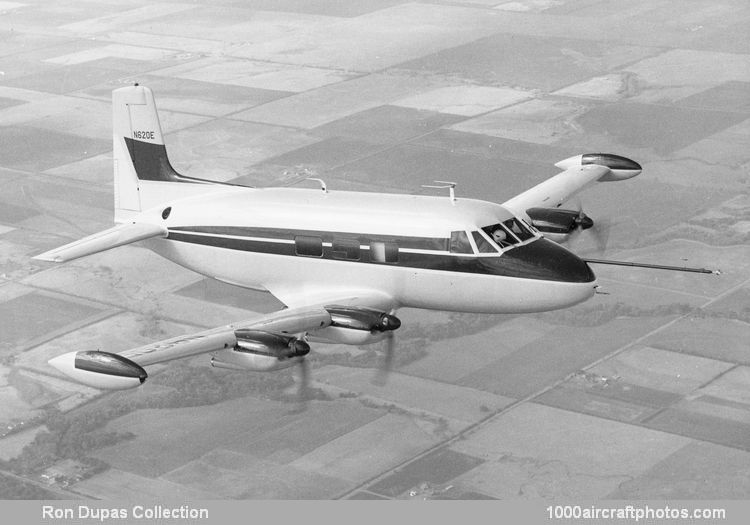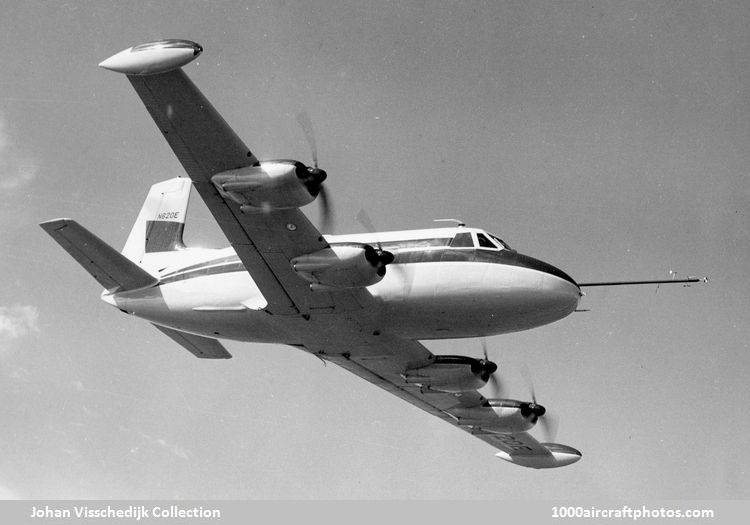I chose single, but that's because it's the best fit for my budget and flying. Here's what I think is a fair summary of the case against and for a twin.
The case against a twin
- cost of ownership — from friends who've owned a twin, count on 4x the yearly ownership cost of a single, not 2x (one paid $15K just to replace the little heated square on the windshield). Even if you paid only $100K for it, it would be a $1m–$2m plane factory new, and parts/maintenance are priced accordingly
4x on a similarly equipped single and twin? No way. I'd venture to say it's actually under 2x. Like 1-3/4 the costs. But I've only had the twin for 6 months. I'll have a better data after a year (and the first annual).
- 2x the chance of downtime away from home (if either of the engines develops a problem)
I'm not sure that's how probability works... You have the same chance of downtime away from home if your engine develops a problem in a single or a twin. 100%. Now, if you say you have two engines to worry about breaking, sure, I guess. That's a chance I'll take.
- minimal extra speed from two engines, but 2x the fuel consumption
I planned on 135 KTAS on 15 GPH in my Cherokee 6-300. I plan for 175 KTAS on 24 GPH in the Seneca. So I get 30% more speed for 60% more fuel. That's not taking into account being able to get higher to take advantage of higher winds, better TAS, etc. Is that trade off worth it? I don't know. For me it is.
- much-higher landing and ramp fees at many airports
Higher? Most times that's true... but "much higher"? Define "much."
- no real safety benefit — if anything, twins have a slightly-higher fatal accident rate than singles (you're more likely to die from VMC rollover in a twin than from a forced landing in a single)
- big commitment to recurrent training (you need a much-higher level of proficiency to fly a twin safely, including annual sessions at FlightSafety or similar)
I think this is where most people are disagreeing with you.
I wear my underwear inside out to keep meteors from crashing into my house. Since a meteor hasn't crashed into my house, my little trick works.
You're taking one little piece of data (VMC rollover on takeoff) and extrapolating it across the board to draw a conclusion that isn't necessarily correct. What you don't know is how many engine failures in a twin land safely and don't make it into the accident statistics purely because the second engine was there.
A little bit of thread drift, but this is the same fallacy that people use when talking about AI airplanes and "pilot error." Since pilot error in the leading cause of aircraft accidents, if we eliminate the pilot, we eliminate the error. But not necessarily. When the pilot "fails" and an accident happens, it make the news and everyone hears about it. When I'm cruising along at FL350 and the autopilot decides to disconnect itself and I reach up to reconnect it, no one heard about it (besides our maintenance folks).
I'd like to see your methodology for coming up with these statistics.
[/QUOTE]
I didn't take your post as an "attack" on twins. But there are always these rumors and old wives tales that creep up about twins and some of your post is propagating those rumors.
For
@Stegoo_86, when I started my new airplane search, I was looking at Saratogas and Rockwell Commander 114s (among others). Living in Phoenix, and looking at my normal trips and the terrain, temperatures, etc. I started looking at twins for the sole reason that if a motor quit it would hopefully give me a change to make it to runway/hospitable terrain. Plus, with the turbos I'd be able to get higher over the rocks. If I was still living back East, I don't know if I would have looked at twins as closely, but now that I bought it, I'm glad to have the second motor and redundancy of the extra systems (and air conditioning and radar).






